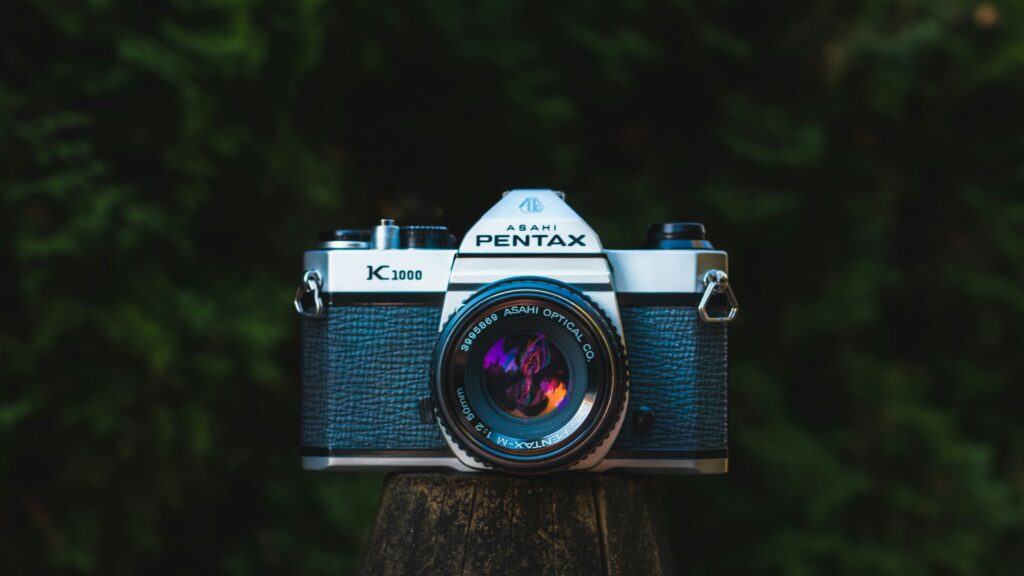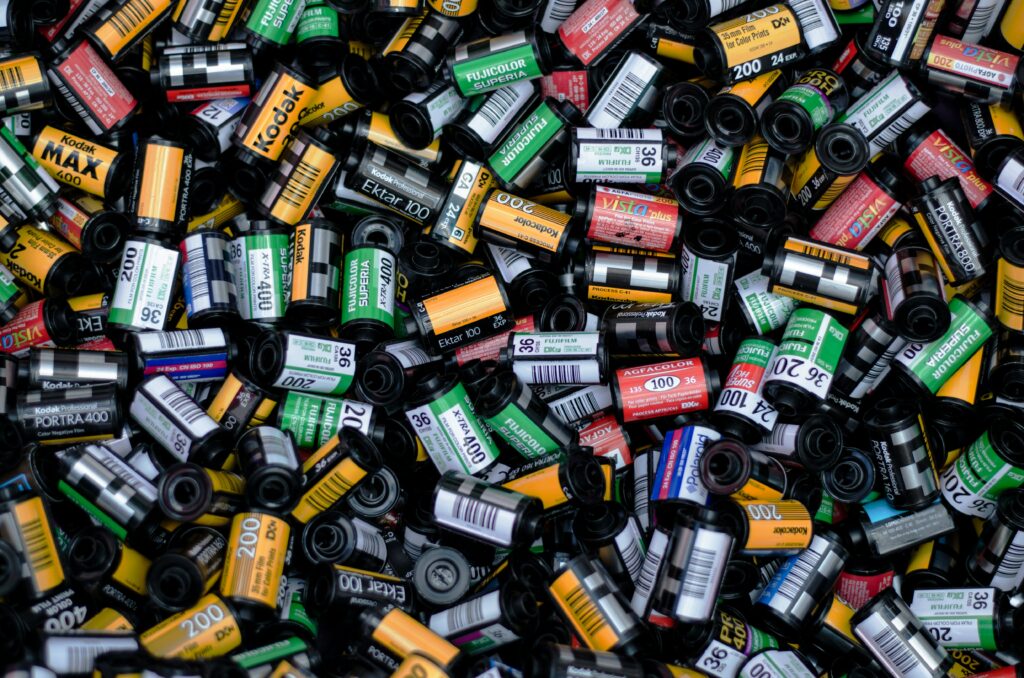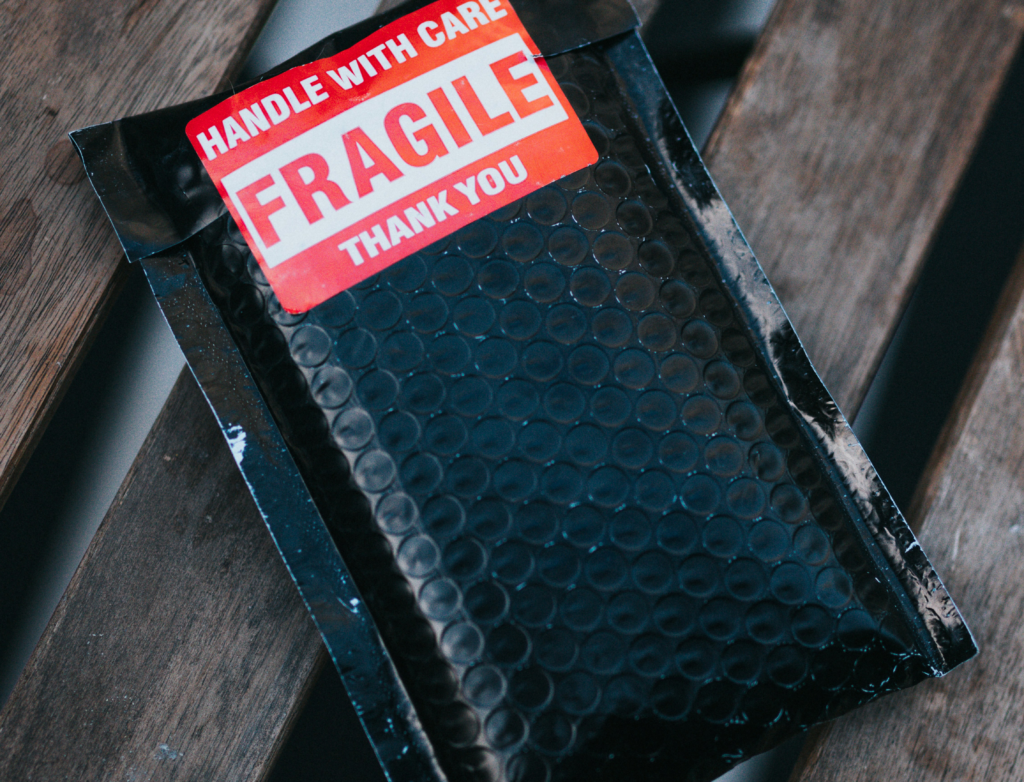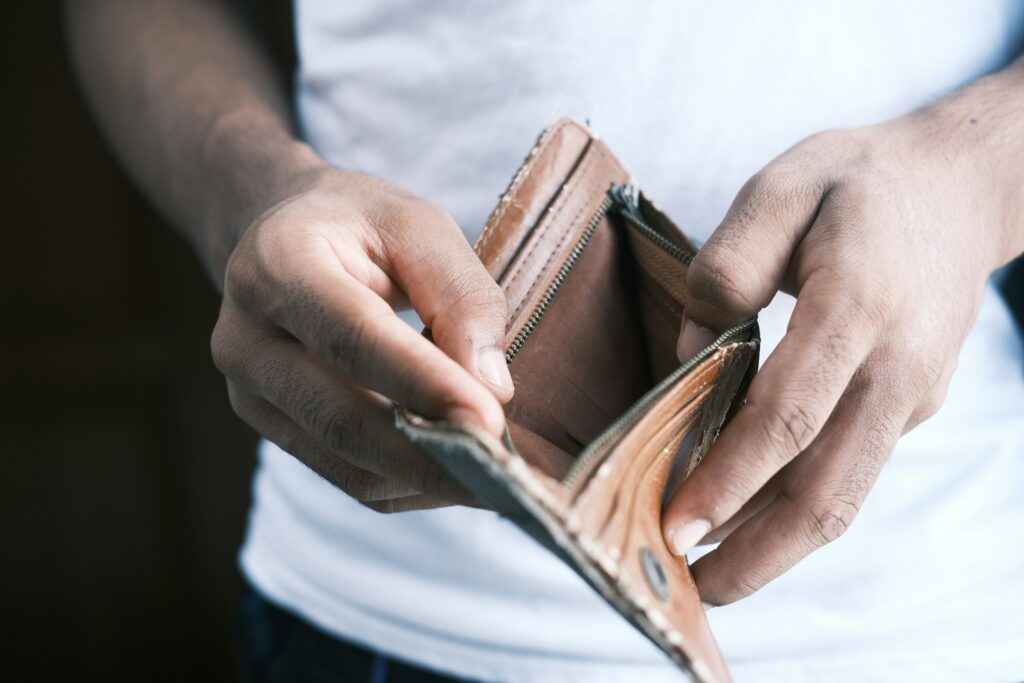Physical Address
304 North Cardinal St.
Dorchester Center, MA 02124
Physical Address
304 North Cardinal St.
Dorchester Center, MA 02124

Curious about the cost of film photography? Discover whether shooting film is expensive and learn how to make it affordable with tips on cameras, film, and developing. Perfect for beginners and hobbyists!
I started shooting film over 10 years ago, and let me tell you, things were a bit different back then. Film was easier to find, and the prices were noticeably lower. You could walk into most stores and grab a few rolls without thinking too much about the cost. Fast forward to today, and while film photography has seen a resurgence, the prices have gone up, and finding film stock can sometimes feel like a treasure hunt.
If you’re new to film photography, you might be wondering, Is this hobby going to break the bank? The good news is that film photography can be as affordable—or as expensive—as you want it to be. In this article, I’ll walk you through the costs, from cameras and lenses to film and development, and show you how to enjoy the beauty of film photography without emptying your wallet.
When starting out, one of the biggest costs you’ll face is your camera. As a vintage camera collector, I’ve experienced every end of the spectrum. Some of my favorite cameras, like my Yashica Electro 35, were under $100, hidden gems found in thrift shops or online marketplaces. On the other hand, I’ve seen high-end models like the Leica M6 or Pentax 67, which can run you several thousand dollars. The good news? You don’t need to break the bank for great results.

For beginners, I recommend looking at affordable, reliable options like the Canon AE-1 or Pentax K1000. These cameras are well-built, readily available, and offer everything you need to get started. You can often find these for under $150 if you shop smartly.
It’s easy to get carried away with lenses, but trust me, when you’re starting out, you only need one good lens to capture stunning images. Most cameras come with a basic 50mm lens, which is versatile enough for everyday shooting. Sure, adding a wide-angle or telephoto lens might be tempting, but it’s not necessary right away. Focus on mastering the basics before diving into lens collections.
One of the great things about vintage cameras is the availability of quality lenses at surprisingly low prices. You can find really good glass for cheap, and this is where vintage gear truly shines. Lenses that professionals used to swear by in their time are now often found for $30 to $50, depending on where you shop. This allows you to access high-quality optics without breaking the bank, making it easier to build a solid collection over time.
Ah, film—the heart of the process. It’s where the magic happens, but it’s also where your wallet starts to feel the squeeze. The cost of film varies widely, depending on the brand, speed, and type (color vs. black-and-white).
Let’s break it down:
When you’re just starting, there’s no need to jump straight into the premium options. Budget films like Kodak Gold offer excellent quality at a lower price point. In fact, some of my favorite shots have come from these more affordable stocks.

One of the best ways to save on film is to buy in bulk. Many online retailers offer discounts when you buy multiple rolls at once, and this can cut costs significantly over time. For example, buying a 5-pack of Kodak Portra can lower the per-roll cost by several dollars compared to buying them individually.
If you’re ready to take your film shooting seriously, another option is to roll your own film. With a few simple tools and a bulk roll of film, you can load your own canisters at a fraction of the price. Bulk rolls are available in many places and can be a huge money-saver for those who plan to shoot regularly. I won’t go too deep into this here, as it’s a topic that deserves its own article, but it’s something worth exploring if you decide that film photography is a long-term passion.
Film rolls come in different exposure counts—typically 24 or 36 exposures for 35mm film. Opting for 36-exposure rolls can give you more bang for your buck, allowing you to capture more images per roll without significantly increasing the cost.
If you’re shooting medium format (120 film), the number of exposures depends on the camera and the format it shoots. For example, with a 6×6 camera, you’ll get 12 exposures per roll, while a 6×7 camera might give you 10 exposures, and a 6×4.5 could give you up to 16. While this can sound a bit confusing, the important thing to know is that you’ll get fewer exposures per roll with medium format compared to 35mm, but the image quality is a big leap, making it worth the trade-off once you get comfortable.
When I first started shooting film, I used lab services to develop my rolls. It was a great option for the convenience, especially as I was learning the ropes. For beginners, sending a few rolls off to a lab can be an easy way to get your film processed without worrying about the technical side of things. Labs typically charge between $10 and $25 per roll, depending on the service and whether you want scans or prints.
However, as I got deeper into film photography and started shooting more regularly—sometimes 15 to 20 rolls at a time—I realized that relying solely on lab processing wasn’t sustainable for my budget. To have all of those rolls taken care of by a lab would come with a hefty price tag. That’s when I made the switch to developing my film at home, which allowed me to save money and take control of the entire process.

Now, I mostly process all my film myself, but from time to time—especially with client work or when I’m out of chemicals—I’ll opt for lab services. It’s a great backup, but handling the bulk of my processing on my own has made shooting film more affordable.
If you’re just starting out or only have a few rolls to process here and there, using a lab is still a great option. But as you get more involved with film photography, you might find, like I did, that developing at home can be a rewarding and cost-saving move.
For those looking to save money, DIY development is a fantastic option. It requires an upfront investment in equipment—developing tanks, chemicals, and a scanner—but over time, it can save you a ton of money. For example, the equipment for home development might cost you around $100-150, but once you’ve got the basics, developing each roll at home only costs a few dollars in chemicals.
I made the switch to DIY development a few years ago, and while it took some trial and error, the savings were well worth it. Plus, there’s something incredibly satisfying about having full control over the process from start to finish.
If you’re developing your film at home, you’ll also need a scanner to digitize your negatives. Scanners range in price from affordable (around $100) to high-end models that can cost several hundred dollars. For beginners, a basic flatbed scanner like the Epson V600 is perfect and offers great results without the hefty price tag.
Another option that’s becoming increasingly popular is using a digital camera to scan your negatives. By using a macro lens and a lightbox, you can photograph your negatives and then invert the images in software like Lightroom or Photoshop. This method can be a cost-effective alternative, especially if you already own a good digital camera. The quality can be excellent with the right setup, and it gives you a lot of control over the scanning process. While this method may require a bit more time and experimentation, it’s a versatile option that many film photographers are adopting to keep costs down and quality up.
There are a few hidden costs in film photography that you might not think about at first. For example, vintage cameras often require specialized batteries that aren’t readily available, and storing your negatives properly will require archival sleeves or boxes.
I learned this the hard way when I let my negatives pile up in boxes. Trust me, organizing and storing them properly is well worth the investment in protective gear—both for your peace of mind and for the longevity of your images.
There are also optional accessories that can enhance your experience, but aren’t necessary right away. Things like light meters, camera straps, or protective cases can add to the cost, but they’re not essentials when you’re just starting out.

The key to keeping film photography affordable is all about stretching your budget. One great way to do this is by not feeling pressured to develop your film right away. Sometimes, letting rolls sit for a while can add an element of surprise and joy when you finally get them developed.
In fact, I recently developed three rolls of film that had been sitting in my fridge for quite some time. I couldn’t even remember when I had shot them. When I finally got the results, I was blown away. One roll captured my daughter’s first time eating solid food, and another documented her just starting to walk. She’s 4 years old now, so seeing those moments brought back so many wonderful memories. It was such a joyful surprise to rediscover these images, and it reminded me of one of the unexpected pleasures of film photography.
By spacing out your development, you can spread the cost over time, and every roll becomes a mini time capsule, offering a unique way to relive moments you might have forgotten.
There are plenty of ways to find deals on cameras, lenses, and film if you know where to look. Over the years, I’ve found some incredible bargains at thrift stores, yard sales, and on Craigslist. It’s always exciting to stumble across a hidden gem, and sometimes you can score a camera that’s worth far more than what you paid for it.
That said, it can be hard to know if a piece of gear works properly at first. I’ve had my share of good deals, but I’ve also paid money for junk. Usually, you can tell by looking at the camera’s condition—if it’s beat up or the controls feel sticky, it might not be worth the risk. But with time, you’ll get a better sense of what’s worth taking a chance on and what to pass up. Even though I’ve taken some losses, the thrill of finding a working camera for a steal has kept me coming back to these spots.
Building your collection from these sources can save you a lot of money, but it’s something you’ll learn to navigate with experience.
At the end of the day, is film photography worth the cost? Absolutely. Film photography isn’t just about the images you capture—it’s about the entire process. Every step, from loading the film to the final print, brings a range of emotions. The more involved you are, the greater sense of accomplishment you feel.
Personally, I’ve taken a bulk roll of film, loaded it into canisters, put it into my camera, shot it, developed it, and then printed an image using an enlarger. When I see those prints hanging in my home—or even better, in the homes of others—I feel an immense sense of fulfillment. There’s something incredibly rewarding about knowing that you’ve been part of every stage of the process.

Film photography forces you to slow down, to think more carefully about each shot, and to treasure the results. It’s a craft that teaches patience and intentionality, and those lessons become part of the emotional value each image holds. The entire experience is so much more than just snapping a picture—it’s creating something tangible that holds memories and meaning.
I encourage you to start your own journey into film photography. By immersing yourself in the process, you too can evoke these emotions, not just in yourself, but in others as well. The joy of seeing your work come to life is truly unmatched.
Film photography can be as expensive or as affordable as you make it. From finding budget-friendly cameras and film to learning how to develop your own negatives at home, there are plenty of ways to enjoy this art form without breaking the bank. The real value of film photography isn’t in the price tag—it’s in the experiences, the stories, and the images you create along the way.
So, is film photography expensive? That’s up to you. But I can tell you this: the rewards far outweigh the costs.